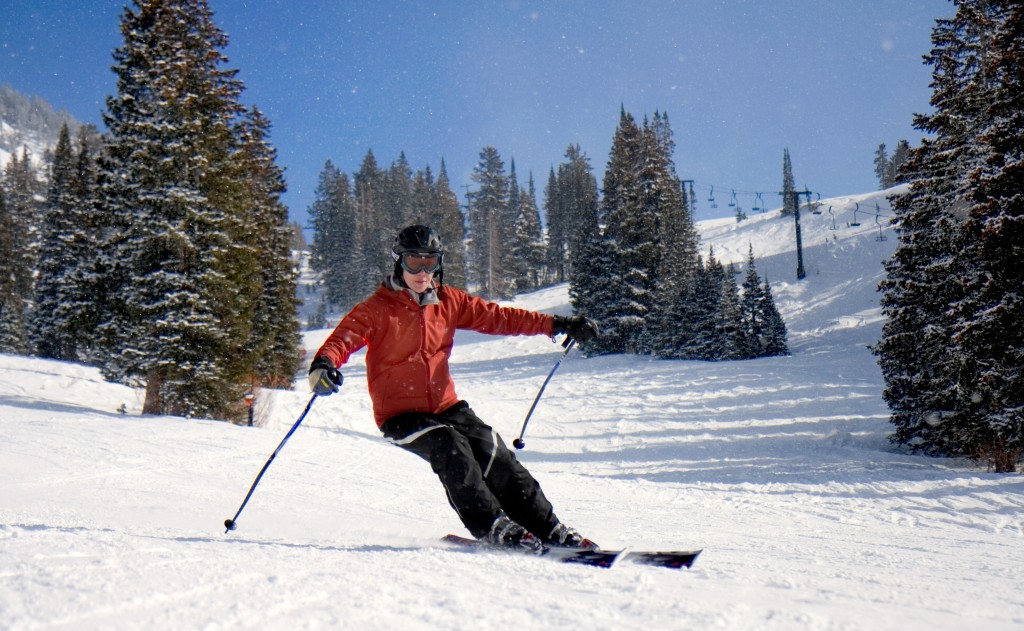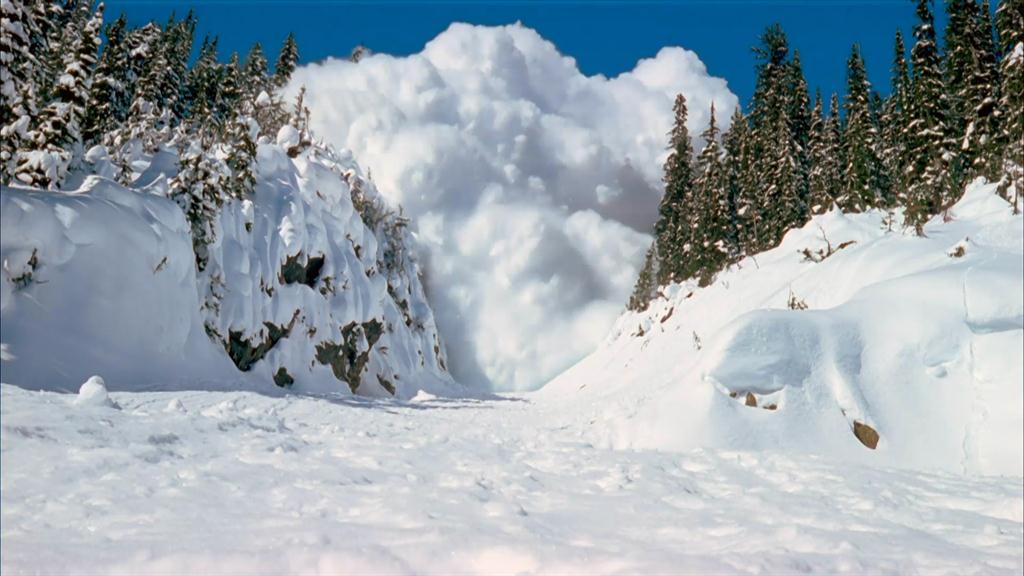The U.S. Forest Service and Utah Avalanche Center have issued an avalanche danger warning that will last until 6 a.m. on Jan. 13.
The alert covers the mountains of northern and central Utah and includes the Uinta Mountains, Wasatch Range, and Bear River Range.
“Strong winds and heavy snowfall have created widespread dangerous avalanche conditions,” the notice reads. The public was advised to steer clear of slopes steeper than 30 degrees.

The warning was upgraded from “considerable” to “high” on Wednesday after some mountain ranges received more than a foot of snow.
Alta, Brighton and Deer Valley all received close to 12 inches of snow on Jan. 9 and 10, according to the OnTheSnow snow report.
“We’re excited winter finally decided to show up,” Andria Huskinson said.
Huskinson, Alta Ski Resort’s communications manager, said their staff is there early in the morning to ensure the ski area is safe for patrons.
“As the storm comes in, they have early mornings and they’ll go out and do patrol work and do avalanche mitigation at Alta ski area,” she said. “They’ll make sure it’s safe before they open up to the public.”
If the avalanche danger is very high, Huskinson said some of the steeper runs will be closed.
She advised visitors to be patient as there may be delays in the morning as staff try to make sure the ski area is safe.
“Obey the rope lines and closures,” Huskinson said. “If there’s a rope line, do not jump it because it looks like a beautiful powder; just obey the closure signs within the ski area boundaries.”

Tyler Rooklidge, a BYU student who has been skiing and snowboarding since he was 5, said he has seen avalanches in the mountains before but never experienced one.
Rooklidge doesn’t take avalanche warnings too seriously because when he snowboards, he stays within the boundaries of the resort, he said.
“Whenever I go snowboarding it’s usually within a place that has been avalanche-tested and they’ve tried to minimize the risk,” he said. “So I don’t know, it just doesn’t come into my mind a lot. But I’m sure if I was like a backcountry skier, I would worry about it a lot more.”
If he was caught in an avalanche, Rooklidge said that other than trying to stay on top of the snow, he isn’t sure what he would do.
Snow lovers should be responsible for the safety of themselves as well as those around them, the U.S. Forest Service says.
The organization’s “Know Before You Go” page provides several essential tips for navigating dangerous conditions.
The Forest Service has advised every winter adventurer to carry a shovel and a backpack with them as well as to travel with a partner in case they are caught in an avalanche.




